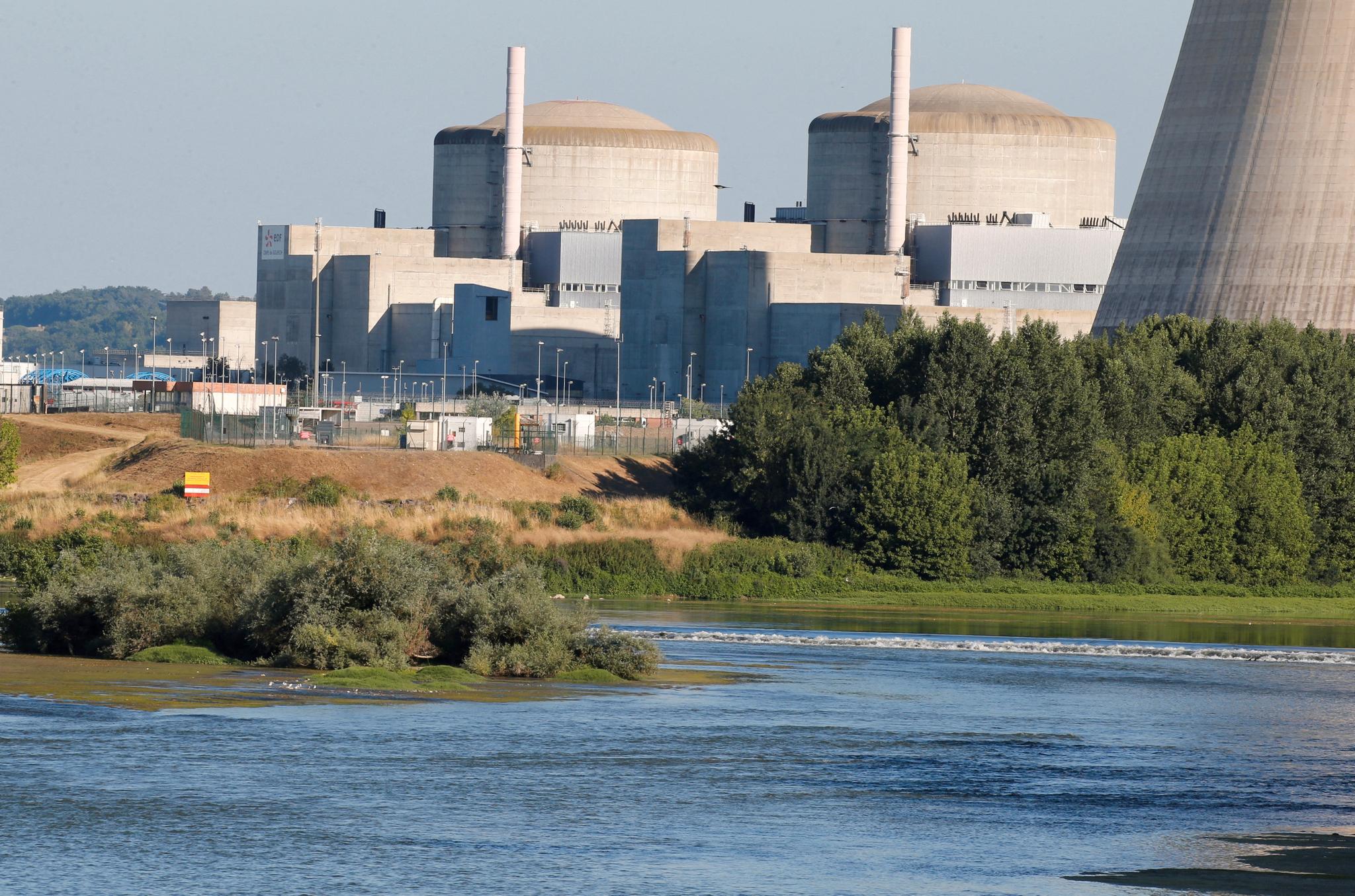The drought in Europe may be the worst in 500 years. As is known, hydroelectric power was affected in southern Norway. Further south in Europe, unusual weather strikes in an unexpected way.

The Norwegian electricity crisis has reached the world press. Unusually empty water tanks in southern Norway are at least becoming physical New York times.
The newspaper’s reporters ventured into the mountains of southern Norway and looked at the water shortage. One of the most surprising results of drought in Europe, according to the American newspaper.
But the drought has not only affected energy production using hydropower.
In France and Germany, nuclear and coal power plants were also affected.
One might think that nuclear power plants are a source of energy that does not depend on the weather. But this is not true.
Warm river water means that cooling water from nuclear reactors can lead to increased water temperatures that are harmful to nature. This year’s heat wave has left France’s big rivers with little warm water.
Bypassing rules to keep power plants running
In the Loire, France’s longest river, water flow is less than five percent of the annual average. It would have been worse if the water had not been drained from the reservoirs in Nosack and Villerest. It was built in the 1980s to ensure the supply of cooling water to four nuclear power plants located along the river, according to Reuters.
After a heat wave in 2003, the French nuclear energy agency ASN decided that if the temperature and water flow in rivers reached a certain level, nuclear power plants should slow production.
But to prevent it from turning into a full-blown crisis, French authorities have given five nuclear power plants the opportunity to circumvent the rules and continue to release hot cooling water.
Environmentalists are critical. They believe the state should instead pay to produce more renewable energy, DW . Reports.
This year’s drought comes at a very unfortunate time for French nuclear power. Because this summer, half of the country’s 56 nuclear reactors have been shut down due to problems at power plants. Among the reasons is the postponement of renewal and maintenance for a long time.
Approximately 72 percent of French energy usually comes from nuclear power plants. Of course, the lack of energy from nuclear power plants has led to higher electricity prices.
Coal stuck in a dry river
The drought also led to problems for German coal-fired power plants. The Rhine, the longest river in Western Europe, is very important to German industry. Everything from grain to chemicals and coal is transported aboard the ships that ply the river.
This summer, the water level was so low that cargo ships had to lighten their load to be able to bypass shallow places.
Coal-fired power plants should have an important role now that the Germans get used to Russian gas. But now they get little coal because cargo ships are stuck or have to sail with reduced tonnage.
Coal-fired power producer Utility Uniper has warned that it may have to cut production at two power plants, Reuters reports. The two power plants account for 4 percent of Germany’s coal-fired energy production.
Coal is now transported on trucks and trains to make up for the problems on the Rhine. Coal will be given priority in trains, the German authorities decided.
The long-awaited rainfall is expected to raise the water level by 0.5 to 0.8 meters in the Rhine over the next few days. But it should rise by 1 – 1.5 meters to reach the normal level for this time of year.
This means that the French, Germans, and Norwegians alike are asking for heavy rain this fall. And a lot of wind. Last fall, the first low winds in Europe with electricity prices. In recent days, the low winds in the Nordic countries have contributed to the high electricity prices.

“Web specialist. Lifelong zombie maven. Coffee ninja. Hipster-friendly analyst.”



